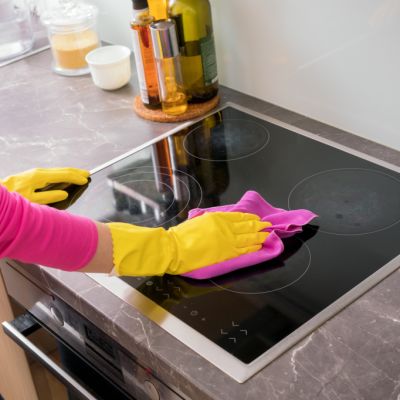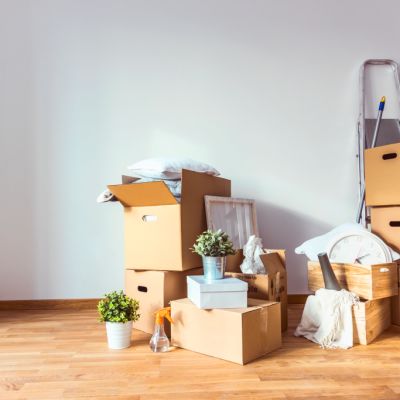Six simple decluttering hacks that'll keep your home effortlessly organised
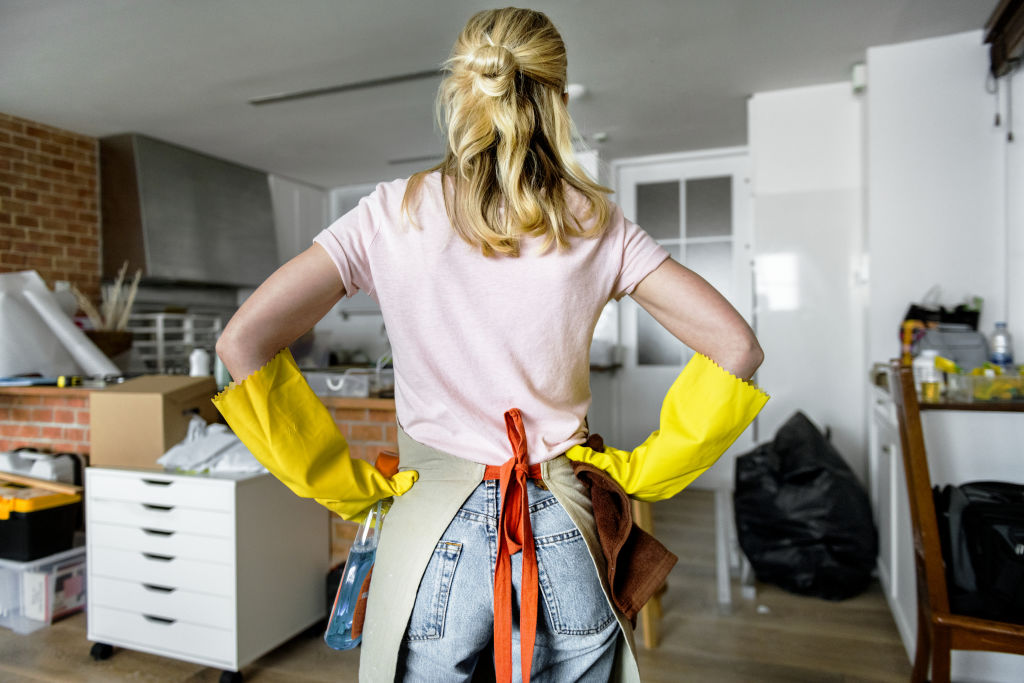
Whether you’re preparing for an open home or crave a less chaotic space, making home-organising a seamless part of your daily routine can be as good for your headspace as it is for your styling.
We spoke to professional organising expert Robyn Amott from Bless This Mess and decluttering coach Amy Revell, host of The Art Of Decluttering podcast, for their advice on how to take the stress out of maintaining a presentable pad.
1. Finish what you started
When you’ve got a lot to tidy, it’s easy to run in circles only half-completing tasks.
You know how it goes – you’ll have emptied one rack of the dishwasher when you notice a dirty cloth, so stop what you’re doing to take it to the laundry. Then, you remember the pile of dirty pyjamas on your en suite floor so beeline in that direction, only to pause to start packing up the stray cosmetics on the counter, all while your half-emptied dishwasher door remains ajar.
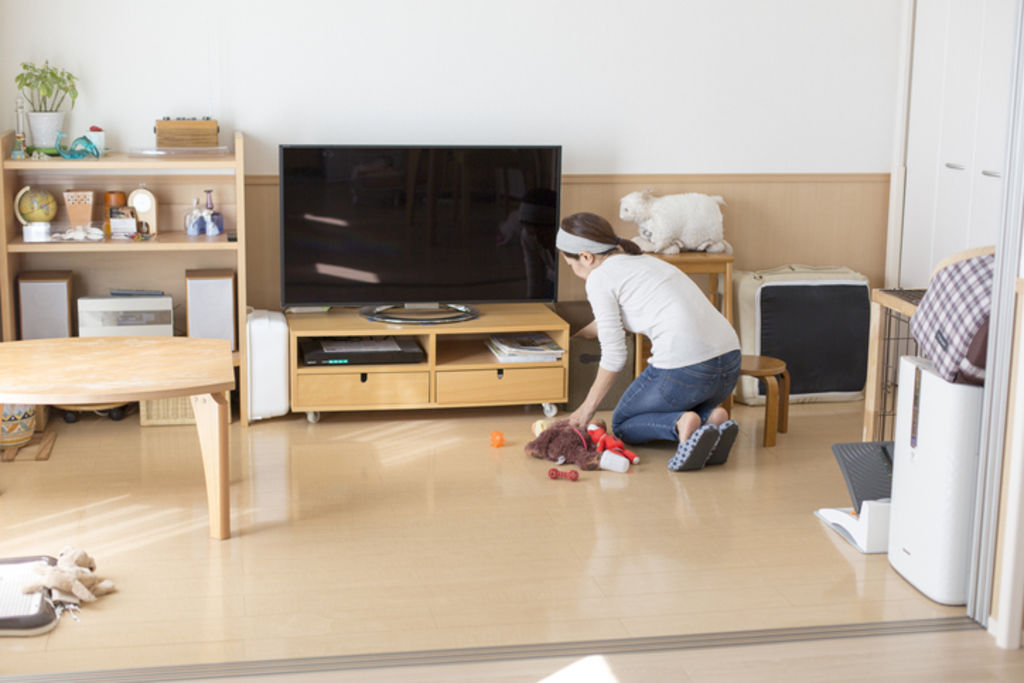
A better strategy, says Revell, is to always focus on a single task, finishing it before letting yourself move onto anything else.
“You don’t want to create another [mental] ‘tab’ for that particular job,” she says. “Every job has a beginning and an end, so the washing isn’t fully done until it’s packed away in the cupboard.”
2. Scan the room before you leave it
If you’re heading from one section of your home to another, quickly consider if there are any stray items you could drop off along the way.

“Give a quick ‘left to right’ as you’re going, thinking, ‘I’m about to move towards the laundry or the kids’ bedrooms – is there anything I can take with me?'” Amott says.
“It stops you from backtracking later, and it stops things from becoming a chore. It just becomes part of your progression.”
3. Don’t put it down, put it away
Whether it’s that empty glass you place on the coffee table or the toothbrush dropped on the bathroom counter, Revell says it’s important to put things away in their rightful home to eliminate tidying later.
“I’m always sharing the mantra, ‘Don’t put it down, put it away’ – it’s a minute little decluttering habit, so you’re dealing with things immediately and not adding them to your mental load,” she says.
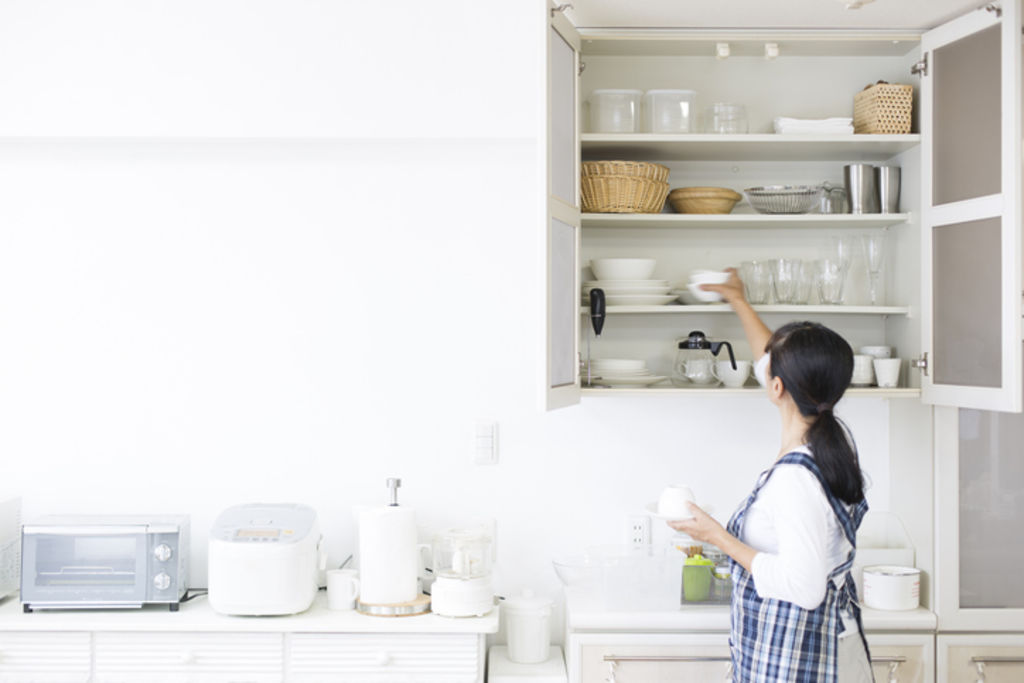
“For example, when you walk in the door with the mail, rather than putting it down on the kitchen bench, go through it there and then, pay the bills or put the event in your calendar then recycle or file away what you need.”
4. Knock over two-minute tasks
If you see a quick little job that needs doing, try to take care of it instantly.
“If it takes less than two minutes, do it now,” Revell says. “Instead of making a mental note of, ‘I should do that later’, literally do it the minute you think of it because most things don’t take as long as you think.”
5. Make systems that work for you
We tend to default to certain possessions residing in particular home nooks, but Amott says a better strategy is to design your storage in ways that actually suit your household.
“If you find yourself re-locating certain things every day, look at the natural ways you conduct yourself throughout the home and [workshop] ways to make the clean-up easier,” Amott says.
“At my place, my kids always do their hair in the kitchen, so now I have a hair drawer in the kitchen. Even if they leave a hairbrush on the bench, I can quickly open the drawer and put it back in – I don’t have to pick it up every day and take it back to the bathroom.”
6. Take 15 minutes to wrap up the day
Revell says that taking a quick 10 or 15 minutes each evening to restore order to your home can be an easy way to keep everything under control.
“I often teach clients about the power of 15 minutes – in 15 minutes you can make your bedroom look incredible or declutter a whole area of your house,” she says.
“If you just spend 15 minutes between dinner and bedtime tidying your house, when you wake in the morning, the kitchen is clear, the cushions are back on the couch, and you can hit reset.”
Listen to episode five of Somewhere Else:
We recommend
We thought you might like
States
Capital Cities
Capital Cities - Rentals
Popular Areas
Allhomes
More

